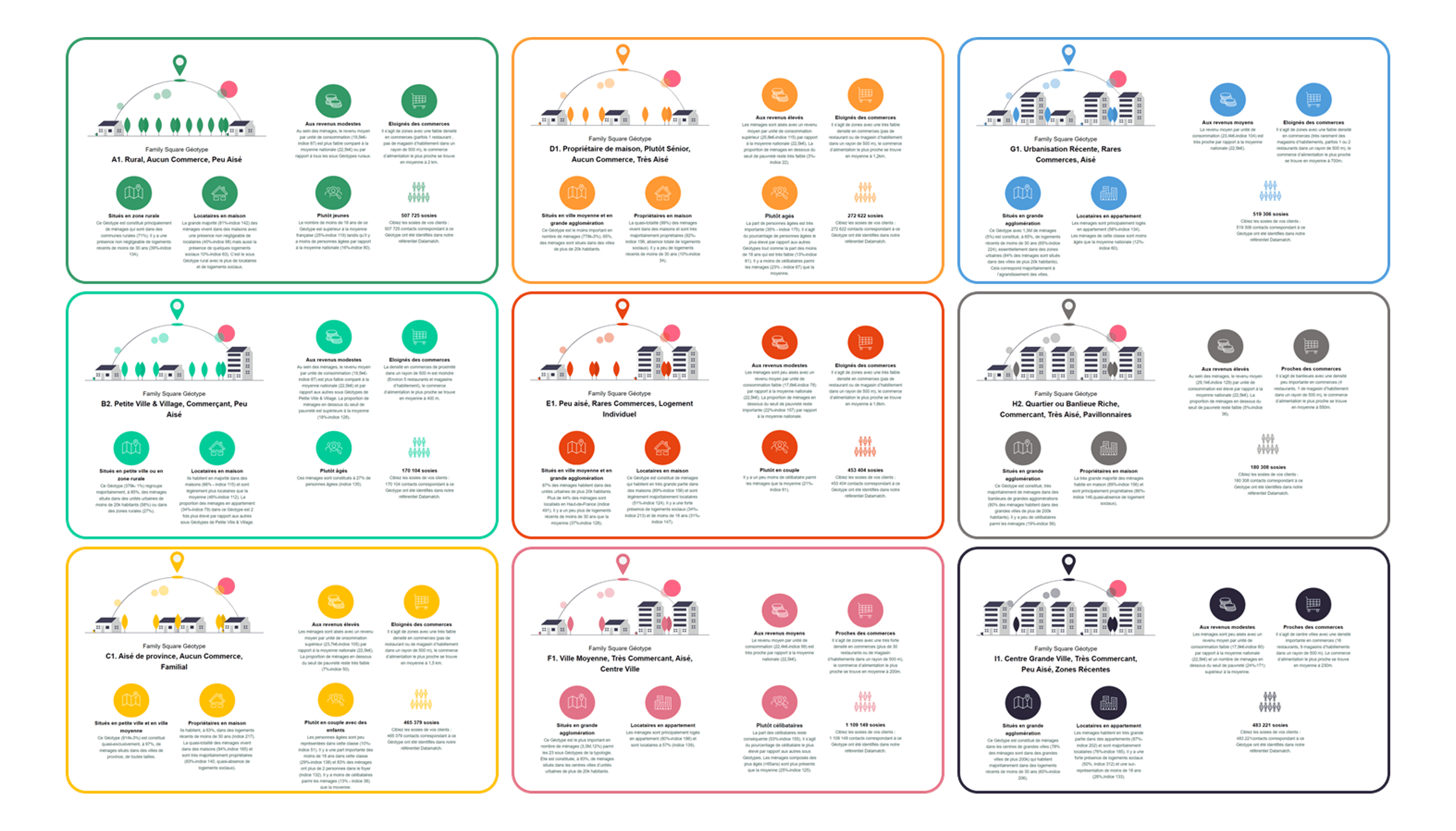2.3. Diversify digital media
The CPC of SEA and display have increased, especially since these are the most used digital media, and the most requested. To optimize your CPC, you should therefore look at different digital media, to diversify your strategy, while focusing on the final performance in terms of conversion.
From this point of view, levers such as the native ads newsletter offered by Ividence (Dékuple group) make it possible to maintain a very reasonable cost per click while offering extremely fine targeting capabilities, and optimized by algorithms.
3. More generally, how to optimize the acquisition cost?
Reasoning only on the CPC is reductive, because it does not take into account the quality of the traffic generated. To really evaluate the ROI of an acquisition device, it is necessary to focus on the Cost of Acquisition (CAC), that is to say to manage the acquisition levers according to the value of the leads generated and therefore sales.
By having this more global approach, we see that there are other levers to optimize the acquisition budget, beyond the optimization of the cost per click of the channels used.
3.1. Target better to increase the conversion of your ads
3.1.1. Use all the targeting criteria at your disposal
To create a ROIst acquisition campaign, it is first necessary to make sure to target the right audience. All the criteria for refining the target population must be taken into account:
- context (types of sites and media on which to distribute the ads, etc.)
- geographical location
- behavior: devices used, purchases, web searches, etc.
- demographic data: age, gender, family situation, level of education, etc.
- relationship: already a customer of your brand, a fan of your page, a visitor to your site, or a user who has simply interacted with one of your ads…
- hobbies
These targeting capabilities depend on the media used.
In particular, Google and Facebook, for example, will offer very rich targeting qualities, based on data from their platforms, each with their strengths: Google has information on searches, Facebook has more information on “liked” brands, for example.
To make the most suitable targeting, you can use audience profiling tools upstream to get to know your customers and prospects well.
3.1.2. Take advantage of the potential of audience profiling solutions and target the twin profiles of your customers
If you already have a first party customer database, then you can go further by targeting look-alike profiles of your customers, creating “look alike” audiences. This allows you to generally target profiles similar to those of your customers, but also to target more specifically the twin profiles of your best customers or buyers of certain categories of your products.
The main media platforms, such as Facebook, offer “look alike” targeting.








